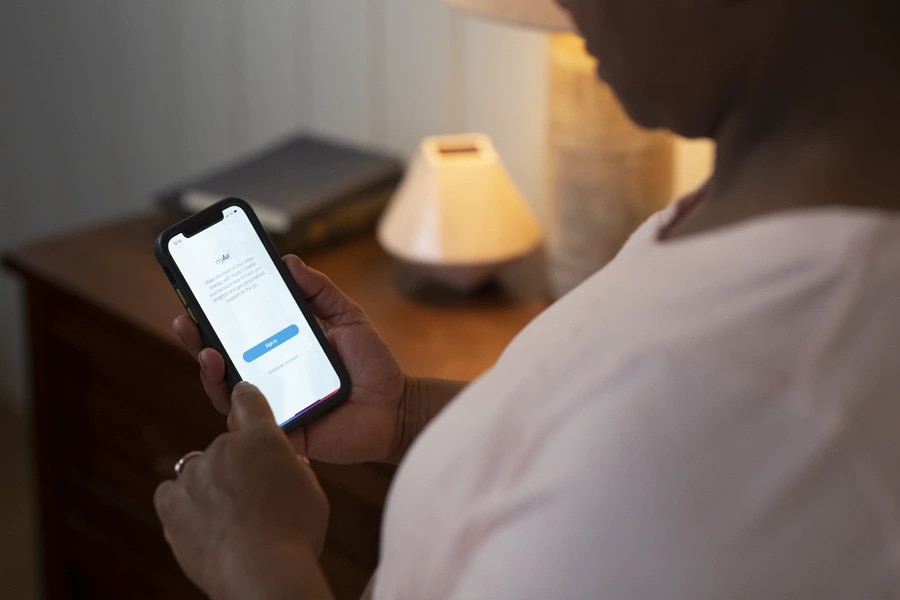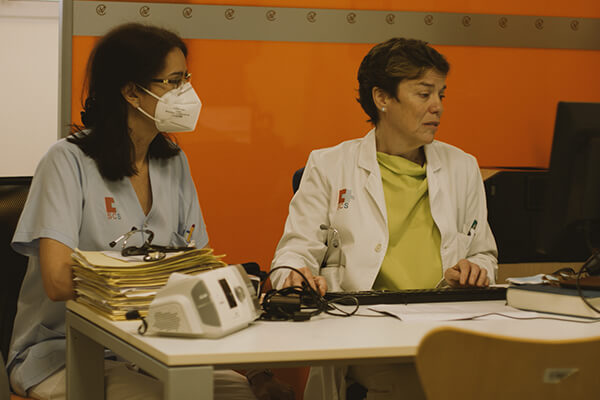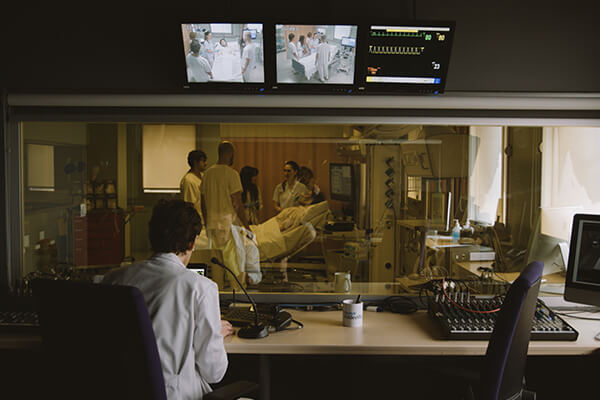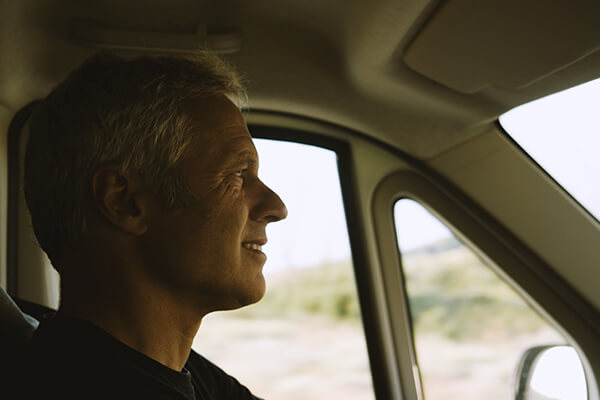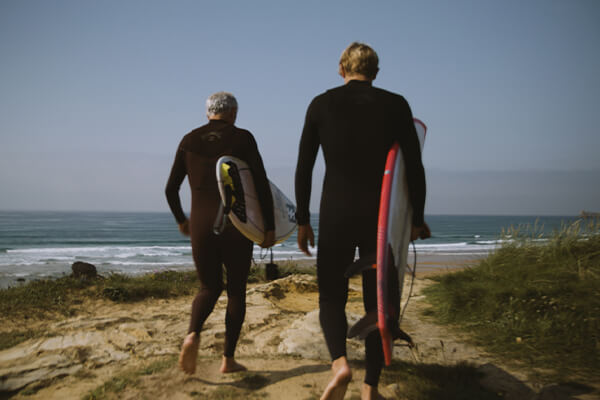Surfer Dani on life before and after a CPAP machine
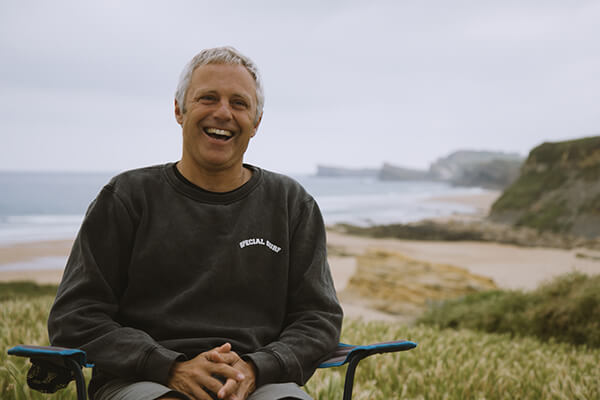
March 11th 2024
Have you ever wondered what your life might be like if you started using a CPAP machine to treat obstructive sleep apnoea (OSA)? Would CPAP therapy really make that much difference to your quality of life, or mental health? Wonder no more! In this article we’ll explore the story of Dani Garcia, a professional surfer from Spain who shares how treatment for sleep apnoea has changed his life – for the better!
Not sure what CPAP is? Check out our quick explainer…


